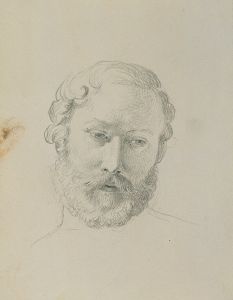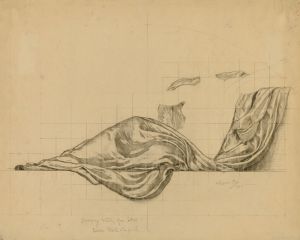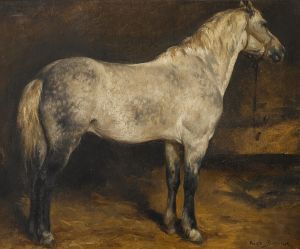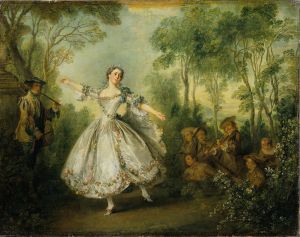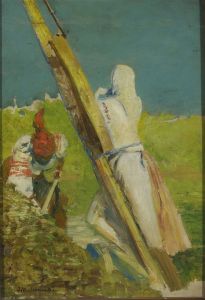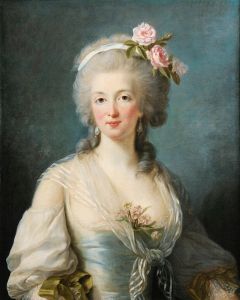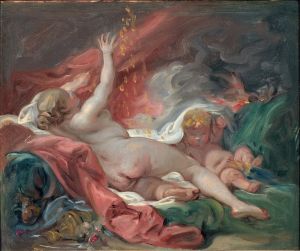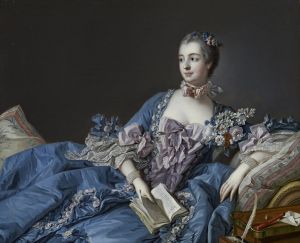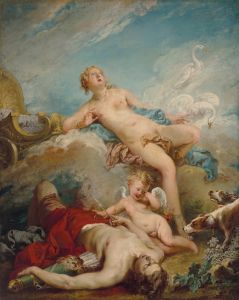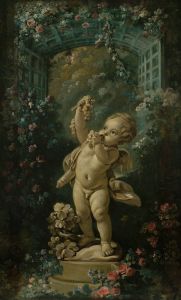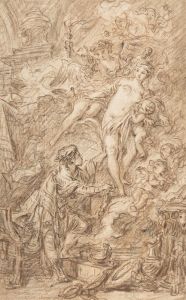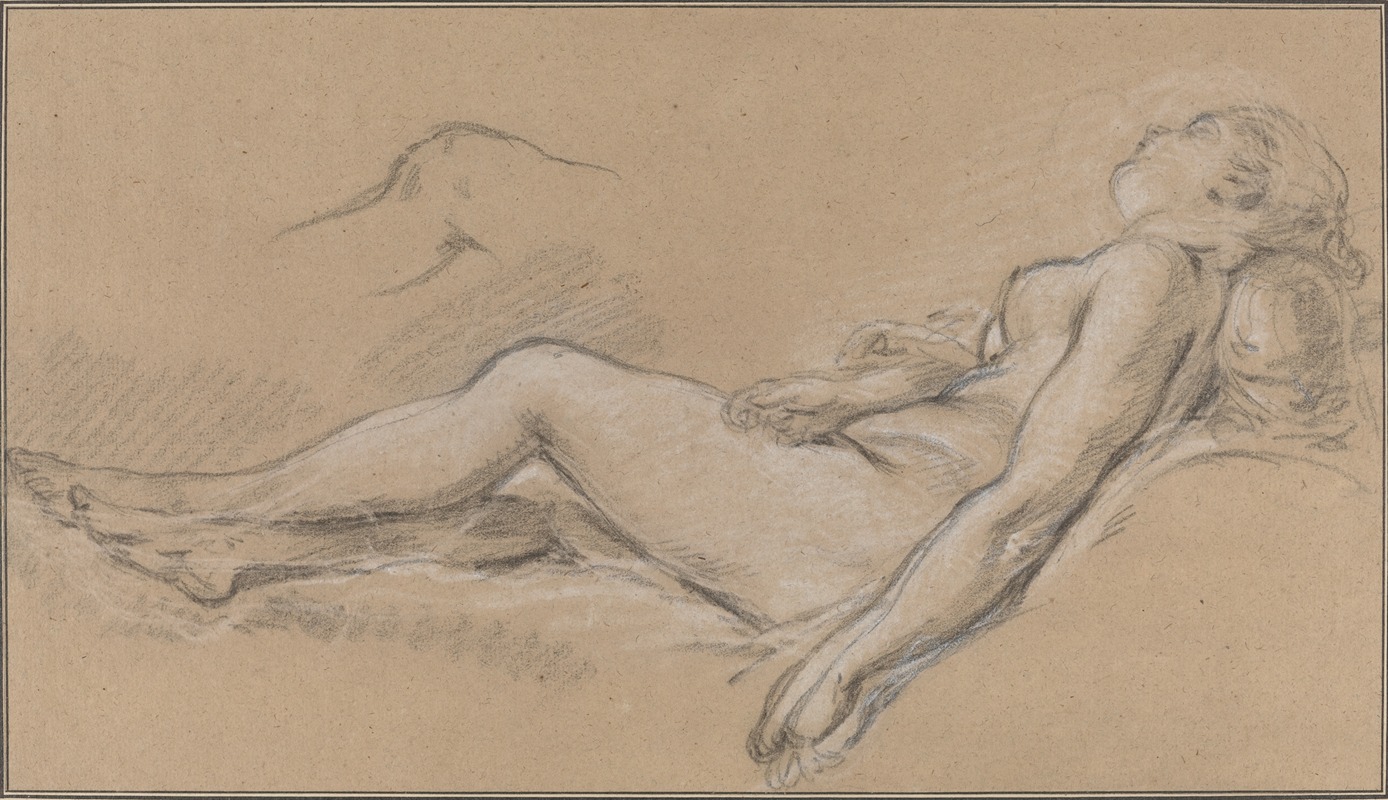
Reclining Nymph
A hand-painted replica of François Boucher’s masterpiece Reclining Nymph, meticulously crafted by professional artists to capture the true essence of the original. Each piece is created with museum-quality canvas and rare mineral pigments, carefully painted by experienced artists with delicate brushstrokes and rich, layered colors to perfectly recreate the texture of the original artwork. Unlike machine-printed reproductions, this hand-painted version brings the painting to life, infused with the artist’s emotions and skill in every stroke. Whether for personal collection or home decoration, it instantly elevates the artistic atmosphere of any space.
François Boucher, a prominent French painter of the Rococo period, is renowned for his idyllic and voluptuous paintings, which often depict classical themes with a playful and sensual touch. One of his notable works is "Reclining Nymph," a painting that exemplifies his mastery in capturing the grace and beauty of the human form, as well as his skillful use of color and composition.
"Reclining Nymph" is a quintessential example of Boucher's style, characterized by its light-hearted and decorative approach. The painting features a nymph, a mythological spirit of nature, depicted in a relaxed, reclining pose. This subject matter is typical of the Rococo era, which often drew inspiration from classical mythology and pastoral scenes, emphasizing themes of love, nature, and beauty.
Boucher's nymph is portrayed with a sense of elegance and sensuality, her body gracefully arranged to highlight her curves and the softness of her skin. The artist's use of delicate, pastel colors enhances the ethereal quality of the scene, creating a dreamlike atmosphere that invites the viewer into a world of fantasy and leisure. The background is often composed of lush, verdant landscapes or idyllic settings that complement the figure's repose, further emphasizing the harmony between the human form and nature.
The composition of "Reclining Nymph" reflects Boucher's keen eye for balance and movement. The curves of the nymph's body are echoed in the surrounding elements, such as drapery or foliage, creating a sense of unity and flow throughout the painting. Boucher's attention to detail is evident in the rendering of textures, from the softness of the nymph's skin to the intricate patterns of the fabrics and the delicate play of light and shadow.
Boucher's work, including "Reclining Nymph," was highly sought after by the French aristocracy and royalty, who admired his ability to capture the elegance and opulence of the Rococo style. His paintings were often commissioned for private collections and served as decorative pieces in the lavish interiors of the time. Boucher's influence extended beyond painting, as he also worked in tapestry design, printmaking, and set design, contributing to the broader artistic culture of 18th-century France.
Despite the popularity of his work during his lifetime, Boucher's reputation experienced a decline in the late 18th and 19th centuries, as the Rococo style fell out of favor in the face of the emerging Neoclassical movement. However, his contributions to the art world have since been re-evaluated, and he is now recognized as a master of the Rococo period, celebrated for his technical skill and his ability to evoke a sense of beauty and pleasure through his art.
"Reclining Nymph" remains a testament to François Boucher's artistic legacy, showcasing his talent for creating enchanting and harmonious compositions that continue to captivate audiences with their charm and elegance.





